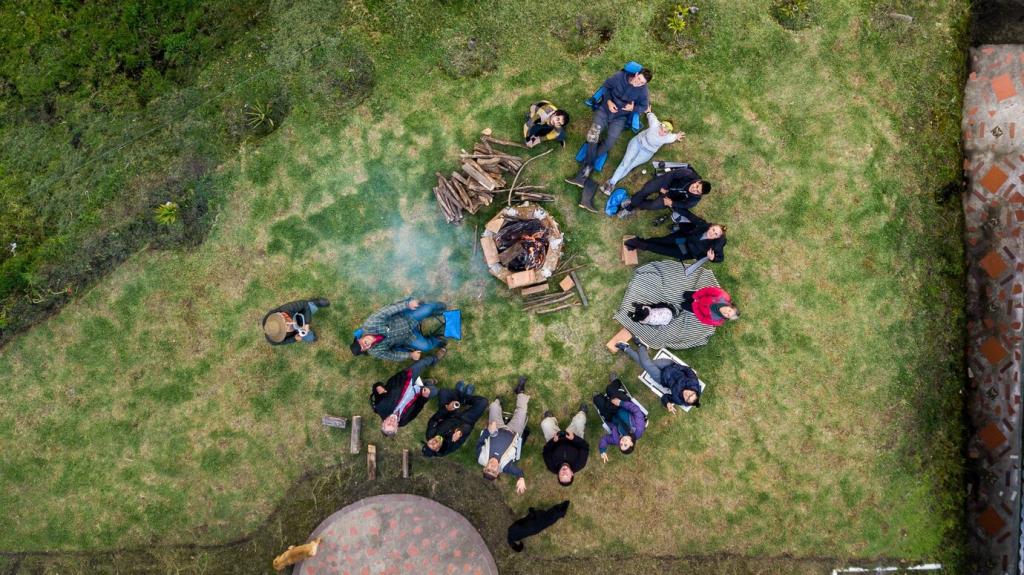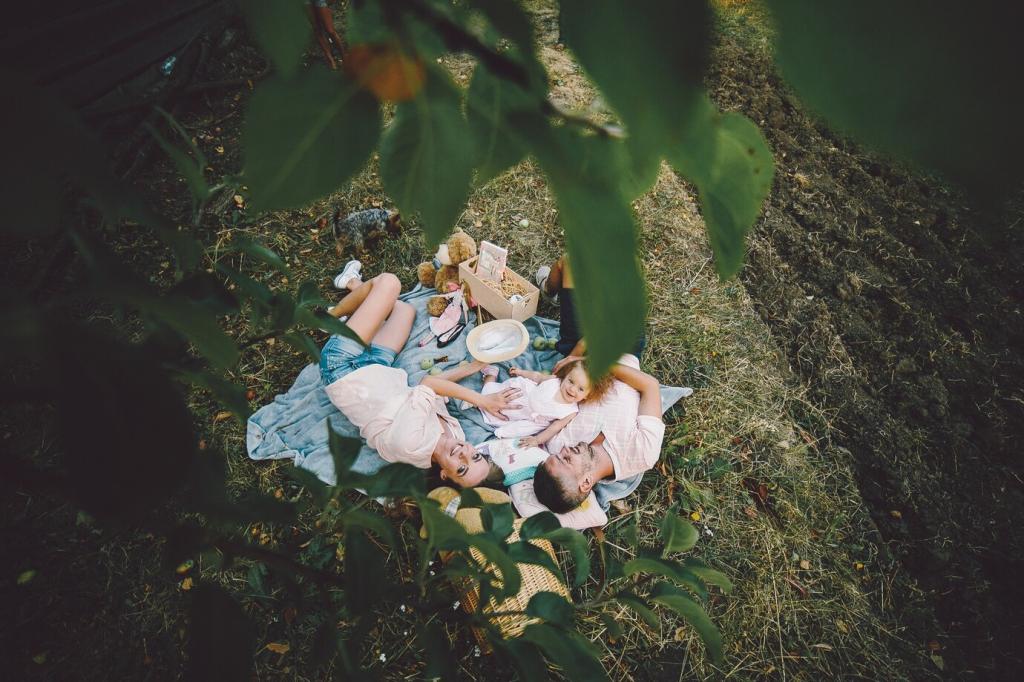Chosen Theme: Zen and Mindfulness in Japanese Monasteries
Step quietly into pre-dawn corridors where cedar breathes and bells shimmer. In Japanese monasteries, mindfulness is not a technique but a lived rhythm—zazen, walking, work, meals, and art braided into one attentive life. Subscribe and share your reflections as we explore this stillness together.



Before Sunrise: Zazen and the Monastic Rhythm
A wooden han is struck before dawn, its echoes loosening sleep from the bones. Then a resonant keisu bell opens the meditation hall, guiding monks to sit, breathe, and meet the morning with unadorned presence.
Before Sunrise: Zazen and the Monastic Rhythm
Zazen invites a dignified spine, grounded hips, and a soft gaze. Dōgen’s advice, to “think of not thinking,” becomes palpable as the posture itself educates the nervous system in steadiness, patience, and unhurried clarity.
Kinhin: Walking as Moving Stillness
Each slow step pairs with the breath, heel and ball meeting the earth like a bow. Gravel whispers, robes rustle, and the body learns to inhabit distances without rushing past the small miracles beneath its feet.
Kinhin: Walking as Moving Stillness
Monastery walkways, open to wind and weather, make each circuit slightly different. A gust, a birdcall, the scent of cedar—all become invitations to feel time as texture rather than a race to the next task.


Samu: Work Practice as Compassion in Action
Monks push cloths across wooden floors in rhythmic lines. The point is not perfection but sincerity—hands learning what attention feels like when it leaves the head and becomes the gleam that welcomes the next person in.
Samu: Work Practice as Compassion in Action
Raking stones, pruning pines, and tending moss become lessons in gentleness. Each stroke is a conversation with weather, seasons, and soil, shaping landscapes that mirror a settled mind without forcing nature into rigid patterns.






Koans and Shikantaza: Two Doors to the Same Room
A roshi may present a koan like “What is the sound of one hand?” not to puzzle you, but to crack habitual thinking. Interviews become mirrors, and insight is measured in honesty rather than cleverness.
Koans and Shikantaza: Two Doors to the Same Room
In shikantaza, nothing is added or subtracted. Sit upright, breathe, and let experience come and go. Over time, the urge to fix or chase dissolves, revealing a trust that life functions perfectly without interference.
Gardens, Moss, and Raked Light
Moss that remembers rain
At Saihō-ji, carpets of moss drink the light and soften every footfall. Standing there, you feel time slow as droplets gather, fall, and vanish, teaching patience more convincingly than any spoken instruction ever could.
Raked patterns as breathing
Gravel becomes an ocean of lines, combed daily with steady arms. Impermanence is visible: wind disrupts, hands restore, and nothing remains fixed. The practice is not the pattern but the relationship with change.
Make a small stillness corner
Arrange three stones and a plant on a tray. Rake sand with a fork, then sit for five breaths. Share a photo-free description of the feeling in words, and subscribe for monthly garden reflections.

Tea and Ink: Everyday Art as Mindfulness
Tea as hospitality of the heart
Chanoyu choreographs water, whisk, and bowl into a welcome. The host listens with their hands, the guest receives with gratitude, and a plain room becomes a sanctuary where warmth travels further than words ever could.

